Special Report
15 Commercial Products Invented by the Military
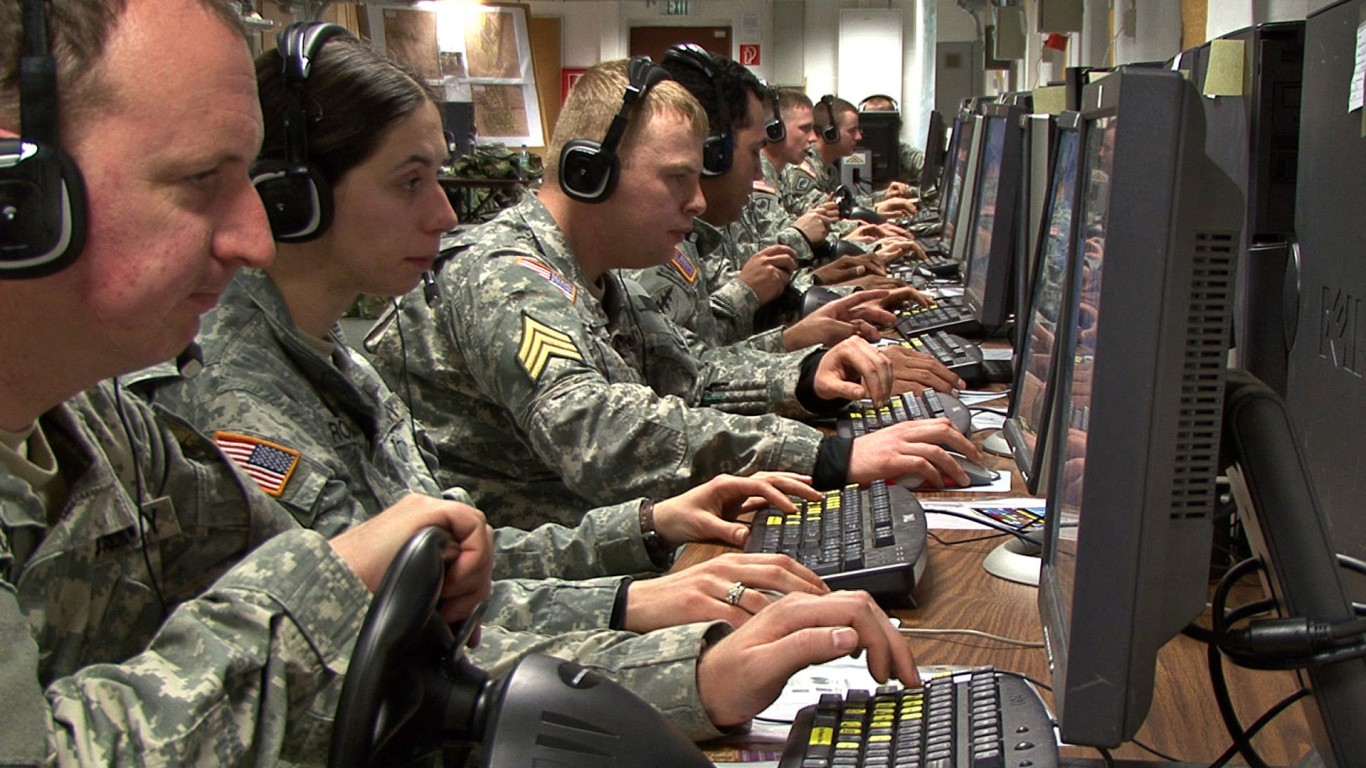
Published:
Last Updated:

The U.S. military spent over $42 billion in research and development in 2018. Though much of this funding tends to go to weapons programs, a great deal of military research often ends up also having civilian applications.
Many of the products that ended up having civilian applications began with the military contracting out the development of a specific military application. One example is the modern GPS network. It was developed in the 1970s by Department of Defense (DoD) researchers and was built over the following two decades. The technology, initially designed as a guidance and tracking system for fighter planes, boats, and missiles, today is used in many civilian applications from personal to commercial aircraft navigation systems. Some of these products are still made in the United States.
In fact, some of the most widely used commercial products today were originally developed for the purpose of defending the country, or were a byproduct of military research. 24/7 Wall St. identified 15 commercial products that are direct result of military research.
The United States is the world’s largest economy and it spends by far the most on its military. This includes large investments in research and development, whether through the military’s own research agencies or through contracts with private companies — known as the military-industrial complex. This relationship is still going strong, as there are dozens of companies making more than $1 billion from military contracts.
Click here to see 15 commercial products invented by the military.

1. Sanitary pads
> Date invented: 1914
The earliest evidence of tampon-like feminine hygiene products dates back to Europe in the 18th and 19th centuries, but the modern tampon has its roots in World War I. Until the 1920s, there was no ubiquitous form of menstrual absorption products, and many women relied on homemade solutions. During World War I, a cheap alternative padding was developed when a cotton supply shortage increased the demand for other forms of cheap bandaging. The same material would also be used in the development of Kleenex as a one-use replacement for handkerchiefs.
Under a government contract, Kimberly-Clark Co. was able to manufacture cellucotton, an absorbent material made from wood pulp. The material caught the attention of Red Cross nurses, who began to utilize cellucotton wads during menstruation. After the war, Kimberly-Clark repurposed cellucotton to make sanitary napkins and Kotex pads. While today it is estimated that 70% of women of menstruating age use tampons, many drug and department stores initially refused to carry the Kotex pads due to sensitivity to the issue.
[in-text-ad]

2. Aviator sunglasses
> Date invented: 1930s
Today an iconic fashion item, the characteristic shape and dark lenses of aviator sunglasses were once necessary protection for test pilots subject to the dangerously bright sunlight of the upper atmosphere. In the 1930s, optics manufacturer Bausch & Lomb developed aviator goggles under the direction of the U.S. Army Air Corps. Bausch & Lomb rebranded the sunglasses in 1937 as Ray-Ban — as they banish the sun’s rays — and sold them to the civilian population. By World War II, aviators were a standard accessory for U.S. soldiers. The glasses were further popularized by Hollywood stars in the 1950s, and the cultural vanguard continued to wear them throughout the decades.

3. Weather radar
> Year invented: 1930s
The same radar technology used in weather forecasting was once used to save Allied lives in World War II. In the 1930s, researchers observed that aircraft could disrupt a radio signal. This discovery led to the use of radar as a means of detecting enemy planes during the war.
This technology was far from perfect. Some radar operators noticed that the weather could cause interference with the readouts. After the war, researchers were able to fine tune radar technology, making it possible to detect severe storms and high winds earlier than ever possible before.

4. Jeep
> Date invented: 1940
In World War II, the U.S. Army had a need for a light reconnaissance vehicle and asked automakers to develop prototypes and submit proposals. The government chose the design of American Bantam car company — a four-wheel drive vehicle with a top speed of 65 mph. The automobile’s namesake, General Purpose, was abbreviated to G.P. and eventually nicknamed jeep. The jeep proved an invaluable contribution to the U.S. military effort, with then General Dwight D. Eisenhower stating that “America could not have won World War II without it.” The company manufactured more than 600,000 jeeps during the war, and later sold the postwar surplus to the public rather cheaply. Today, Fiat Chrysler Automobiles sells Jeeps. While the military use of jeeps has dwindled since World War II, U.S. sales of the Jeep Wrangler – which bears many of the design characteristics of the original – was over 240,000 in 2018.
[in-text-ad-2]
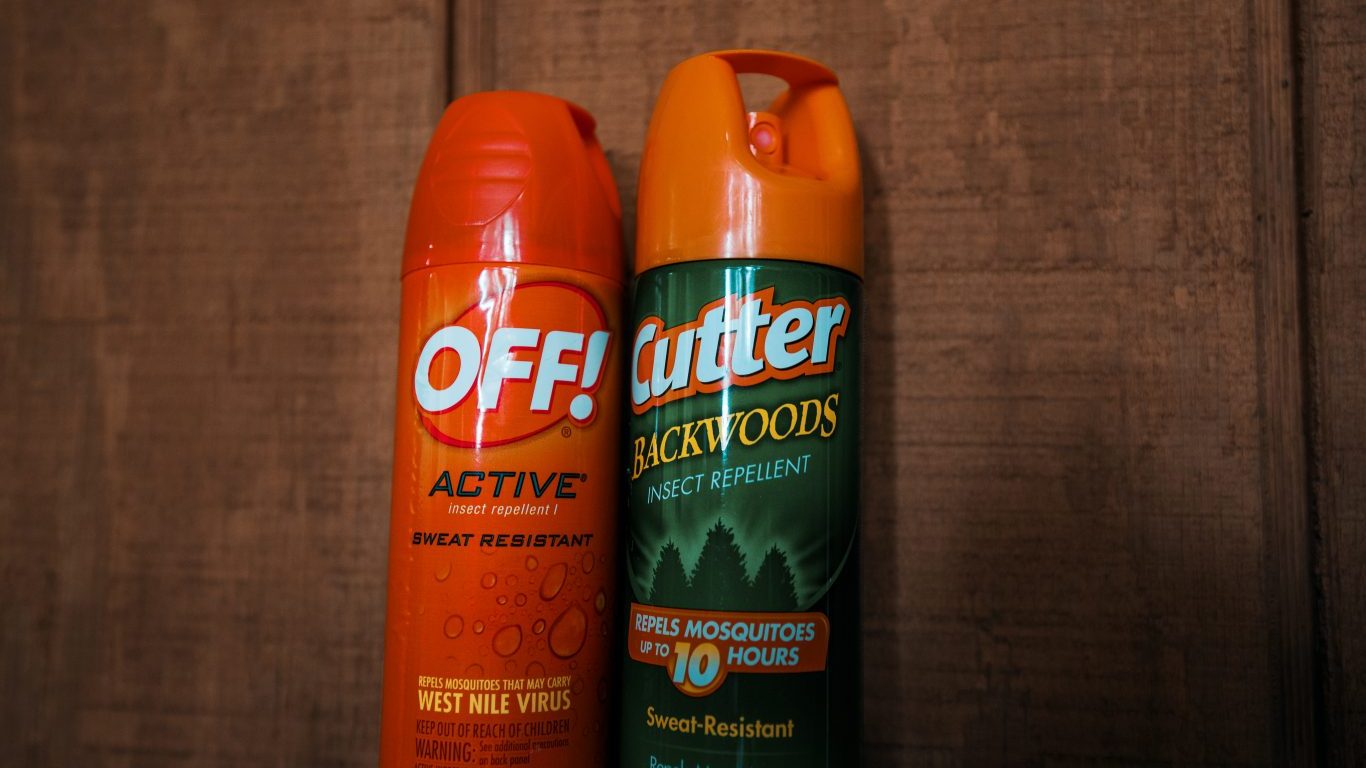
5. Aerosol bug spray
> Date invented: 1941
In World War II, soldiers stationed in the South Pacific needed an easy way to kill mosquitos, which could potentially carry malaria. In a partnership with the Department of Defense, two scientists with the U.S. Department of Agriculture, Lyle Goodhue and William Sullivan, took on the task of developing a way to deliver insecticide as a fine mist. The first aerosol can was patented in 1941 and nicknamed “bug bomb” by soldiers. The partnership between the USDA and the DoD has yielded other life-saving innovations, including the use of DDT in controlling typhus. In 1949, engineer and veteran Robert Abplanalp patented a cheaper plastic aerosol valve meant for commercial mass production. He started the Precision Valve Corporation to market the invention and turned a profit almost immediately. The aerosol can has since been refined and is now less harmful to the environment.
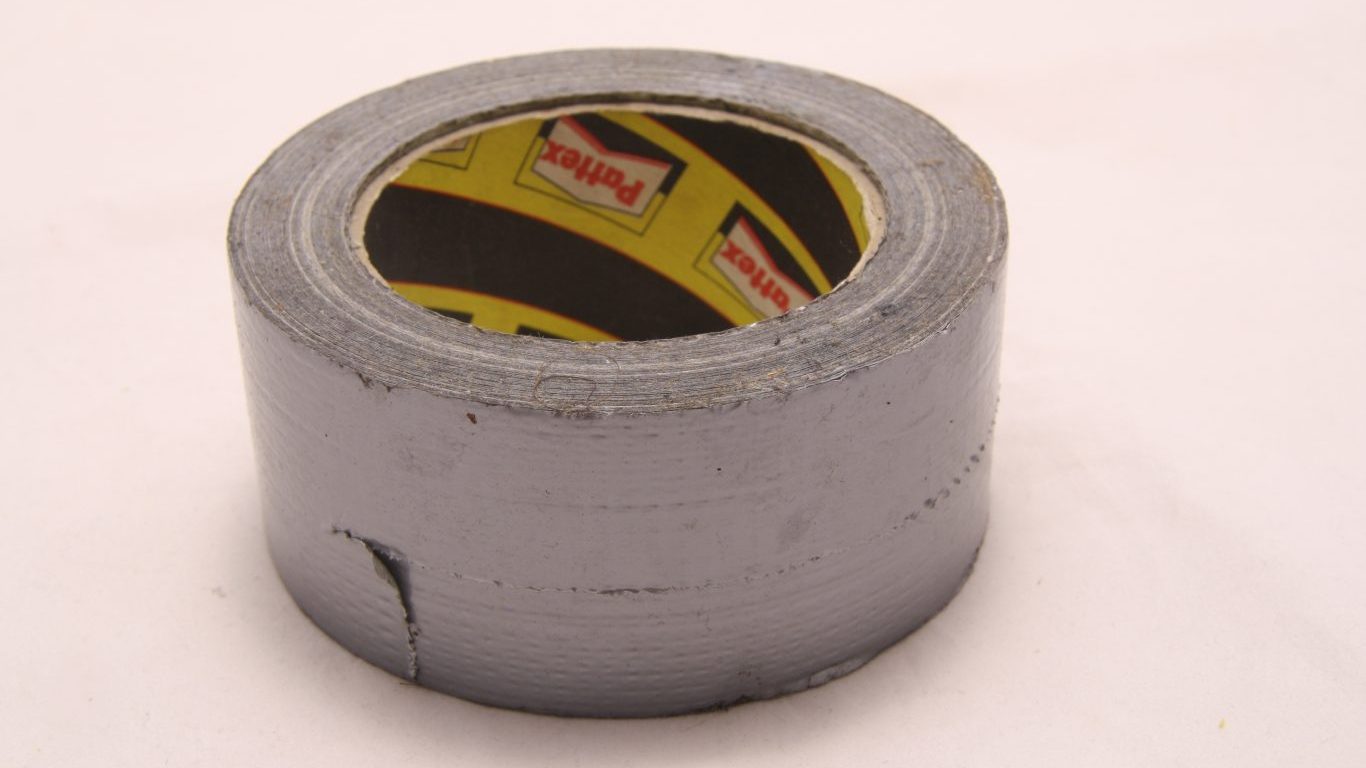
6. Duct tape
> Date invented: 1942
During World War II, the U.S. military was in need of a durable adhesive tape that could maintain its bond under harsh field conditions. The military asked Johnson & Johnson Co. to develop the idea, and initially called it duck tape for its waterproof nature. Civilians began to utilize the product heavily during the postwar housing boom, when it was used to seal central air and heating systems. Duck tape was used in ductwork so much that it was renamed and recolored to match the silver metallic color of HVAC systems. Known for its versatile uses, duct tape has recently taken on another life as material used in a variety of personal products, including wallets, bags, and phone cases. Multiple companies, including Scotch and Duck Brand, now manufacture duct tape.
[in-text-ad]
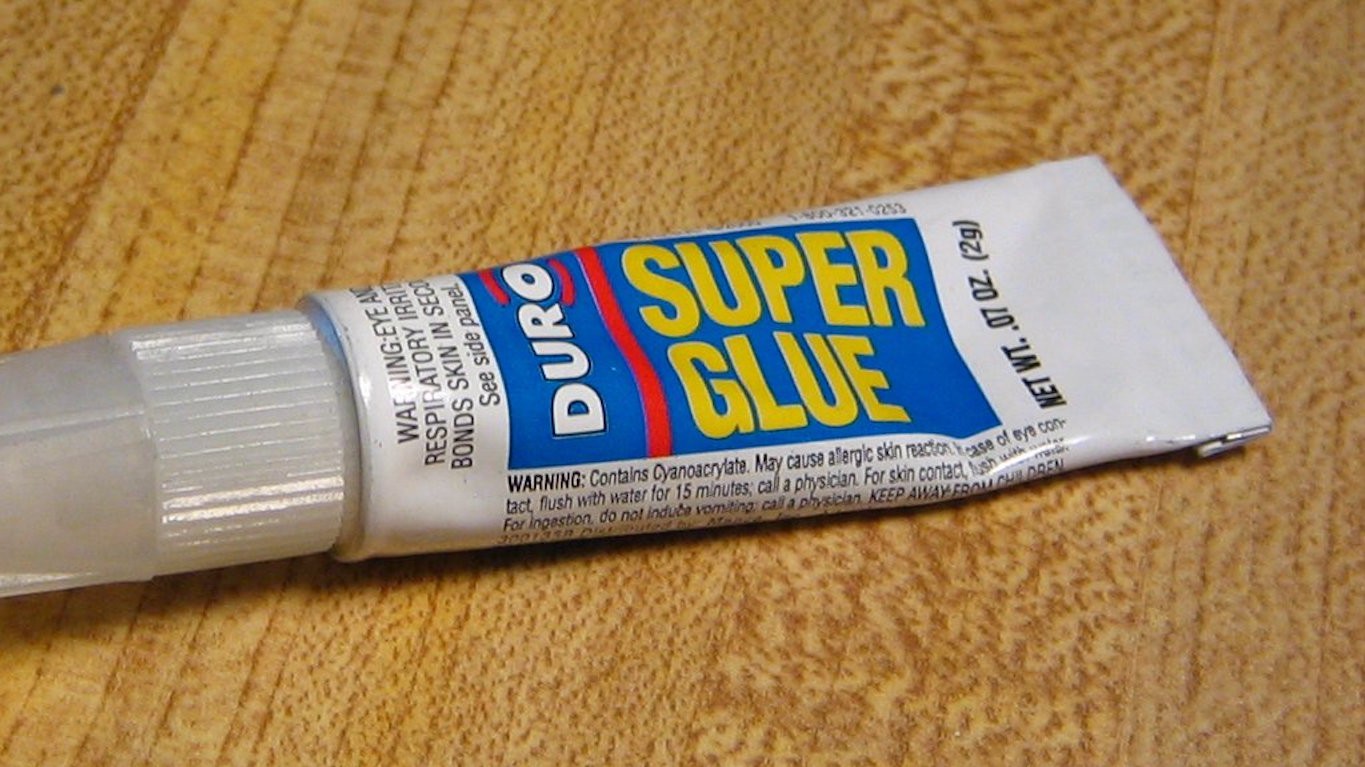
7. Super glue
> Date invented: 1942
Eastman Kodak was one of many companies that contributed to the war effort during World War II. In 1942, while testing a variety of compounds for use in a plastic rifle sight, Dr. Harry Coover a company chemist, inadvertently created cyanoacrylate, a compound later marketed as Super Glue. The material was incredibly durable but was dismissed for being too sticky. When a colleague was testing cyanoacrylate nine years later, Dr. Coover had another encounter with the material. As the colleague complained the compound ruined his equipment, Coover realized its commercial potential. Super Glue was first sold as a commercial product in 1958. The product was eventually adopted by military surgeons during the Vietnam War, who would spray it over wounds to stop bleeding instantly.

8. Synthetic rubber
> Date invented: 1942
In the early 20th century, rubber was harvested from trees in South America, but soon southern Asia became the dominant producer of the world’s rubber. The global supply of natural rubber was sufficient until World War II, when the Axis powers cut off nearly all of the rubber supply from Asia.
Rubber is an incredibly valuable substance for the military. In addition to tires, the U.S. military needed rubber for airplanes, tanks, vehicles, and battleships. In desperate need of the substance, the U.S. government turned to companies like Firestone, Goodyear, and Standard Oil to create a replacement. They quickly whipped up a synthetic rubber recipe, which is still used to this day.

9. Silly Putty
> Date invented: 1943
In the 1940s, the United States needed a new source of rubber after Japan had invaded Malaysia and cut off U.S. supply of the material. The War Production Board asked the nation’s industries for help. A chemist at General Electric came up with a stretchy, bouncy material made of boric acid and silicone oil. While highly unique, the material had no military application. The material caught on, however, after GE executives began showing it off at cocktail parties and one interested party, adman Peter Hodgson, bought the manufacturing rights and changed the name to Silly Putty. The product, packaged in small plastic eggs as a toy, began selling in 1950 and immediately caught on. In 1968, astronauts on the Apollo 8 mission used Silly Putty to help keep their instruments in place. Since 1950, the company has sold more than 350 million Silly Putty eggs.
[in-text-ad-2]

10. Frozen juice concentrate
> Date invented: 1945
In 1943, the USDA and the Florida Citrus Commission set to work on the development of a frozen juice concentrate that could be sent to U.S. soldiers overseas. At the time of their collaboration, orange juice that had been frozen and thawed would turn an unappetizing brown color. The thawed juice also developed a bitter taste, prompting soldiers to nickname the beverage “battery acid.” Eventually, USDA scientists discovered that adding a dash of fresh orange juice to the concentrate before freezing it preserved its flavor. The process was patented in 1945 but made available to any public or private entity that wished to use it. Minute Maid began selling frozen juice products commercially in 1946. Orange juice is now one of the most commonly consumed fruit product in the United States, with the average citizen drinking over 30 pounds of juice annually.

11. Microwave oven
> Date invented: 1946
Microwave technology was originally used as a radar to help locate enemies during World War II. The ability of microwaves to cook food was discovered by accident. While conducting research on microwave radar technology, an engineer at defense contractor Raytheon Company noticed that a candy bar in his pocket had melted. This led to the realization that microwave equipment could be repurposed to heat and cook foods. Later that year, Raytheon Company filed the first patent for a microwave oven. The first commercial microwave was manufactured in 1954 and was about the size of a refrigerator. Today, more than nine in 10 U.S. households own a microwave oven. The technology is one of many military inventions that have shaped the American kitchen and kitchens worldwide.
[in-text-ad]
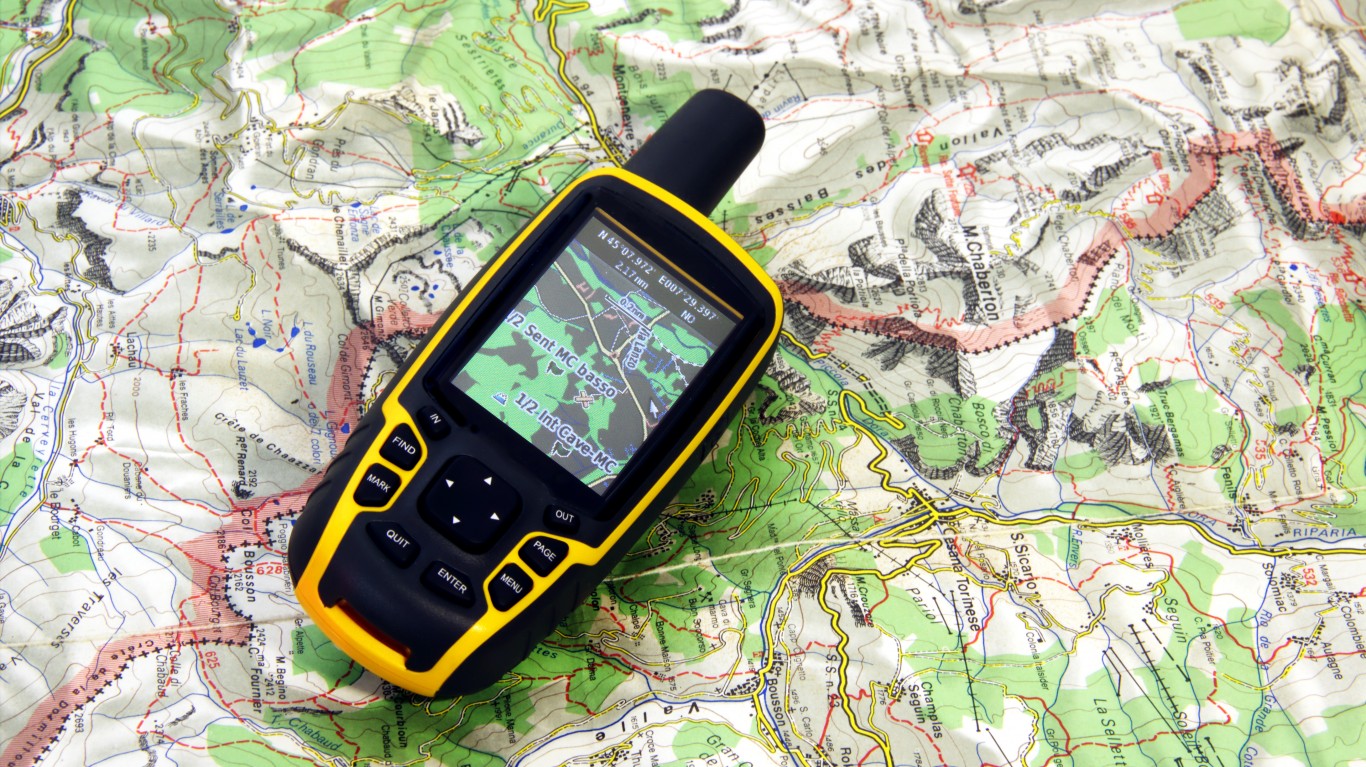
12. GPS
> Date invented: 1960
Humans have been navigating the land and the sea for thousands of years, using more and more advanced methods to determine their position. In the 1960s, the DoD developed the original Global Positioning System (GPS). The idea was to use satellites to determine a user’s position on Earth by measuring his or her distance from three peripheral satellites in a process known as trilateration. While the system became fully operational in March 1994, it captured the public’s interest long before then. President Ronald Reagan first ensured civil applications of GPS in 1983, after an incident where a Korean airliner that strayed off course and was shot down by the Soviet Union demonstrated the need for better navigational technology. The public received a comprehensive preview of the technology during the Gulf War, when soldiers used GPS to navigate across deserts and target enemies with an accuracy that was previously impossible. Today, GPS technology is used in consumer products such as cars and phones, as well as applications like earthquake research and geocaching.

13. The internet
> Date invented: 1969
You would not be able to check the weather anywhere in the world, share funny cat videos, or even read this article without the military sinking years of work and billions of dollars into ARPANET — the forerunner for the internet. The Advanced Research Projects Agency Network began during the Cold War as a way for the U.S. military to develop an information sharing system without the need for a command center. The military was concerned any central location would be a Soviet target.
By the late 1960s, colleges were able to access the very limited trial run of ARPANET. At the time, the network users could only log onto a remote computer, print remotely, and transfer files. Decades of innovation honed the ARPANET into the World Wide Web we enjoy today.
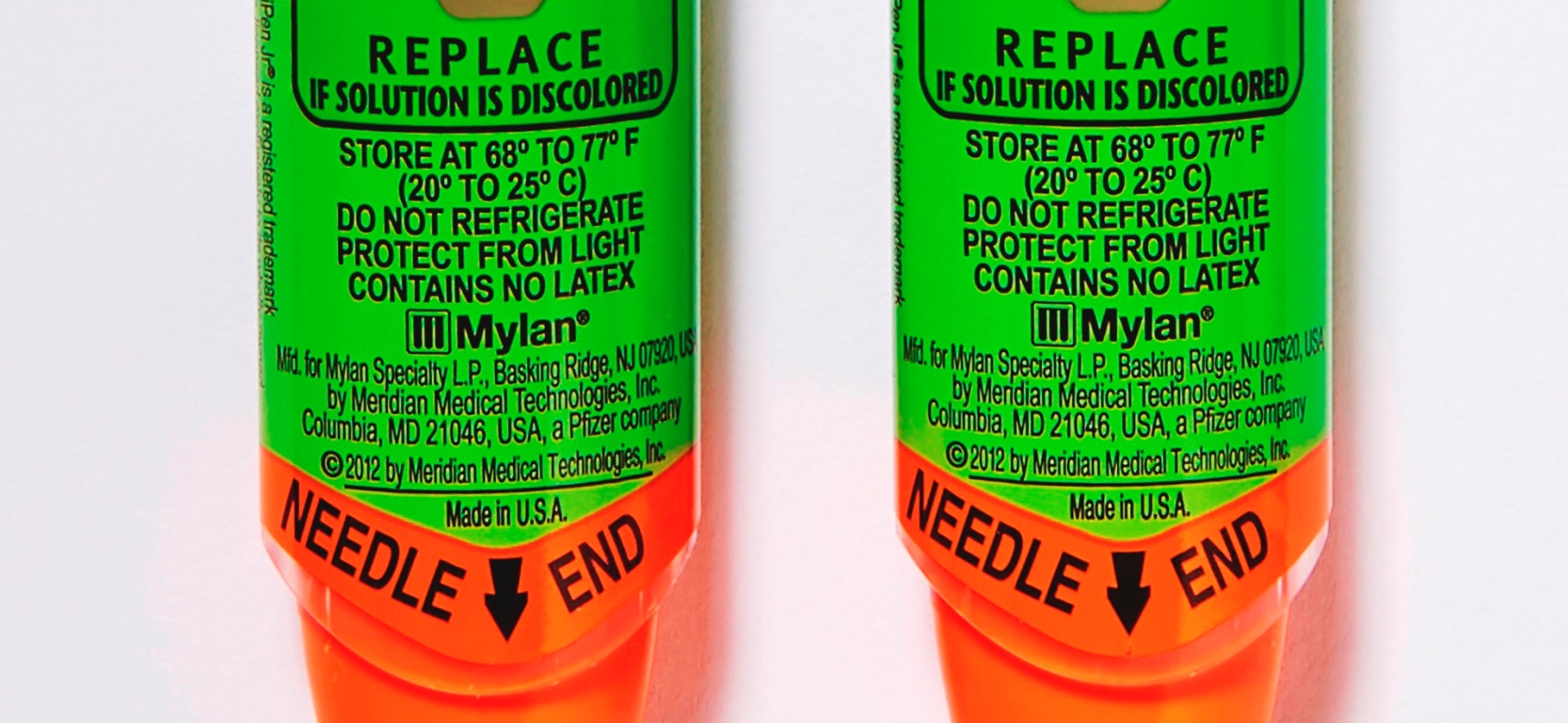
14. EpiPen
> Date invented: 1973
A must for anyone with severe allergies, the EpiPen was initially conceived of as a military device. Inventor Sheldon Kaplan worked at military contractor Survival Technology in Bethesda, Maryland, where he developed an autoinjector called the ComboPen. This invention was first designed to deliver a treatment to soldiers who had come into contact with a nerve agent. The ComboPen would quickly deliver the antidote into the bloodstream of the affected person.
Kaplan later tweaked this device to deliver epinephrine, which can help people who go into anaphylactic shock due to an allergic reaction. Though his name was on the patent, Kaplan received little credit for his breakthrough during his lifetime. He died in 2009 but was inducted into the National Inventors Hall of Fame in 2016.
[in-text-ad-2]
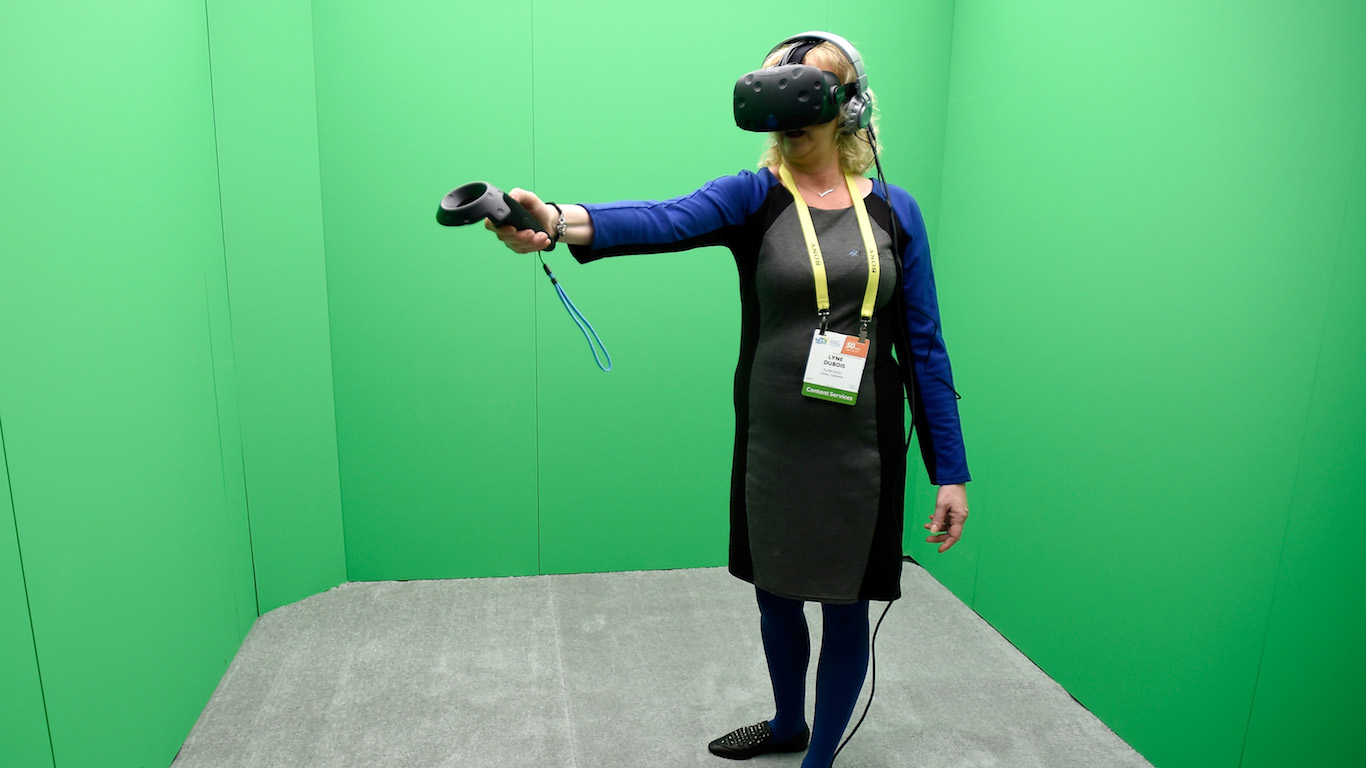
15. Virtual reality
> Date invented: 1979
Virtual reality in the 21st century is often used for entertainment, like in video games. But when the technology was first developed it was serious business. Early flight simulators had mechanisms that could move and jostle prospective pilots on the ground to prepare them for what they might experience in a real cockpit, but they were not advanced enough to provide visuals to the trainees.
In 1979, the military produced the first head-mounted visual display flight simulator. Using the simulator, pilots could train and practice flying jet fighters without the risk of crashing one of the multi-million dollar planes.
Thank you for reading! Have some feedback for us?
Contact the 24/7 Wall St. editorial team.